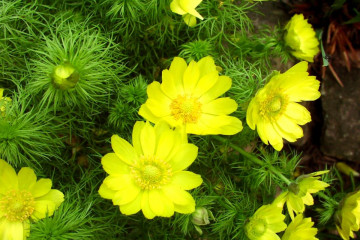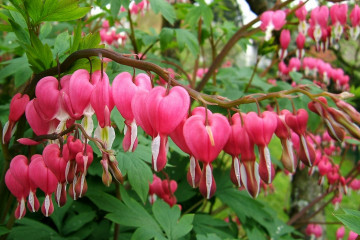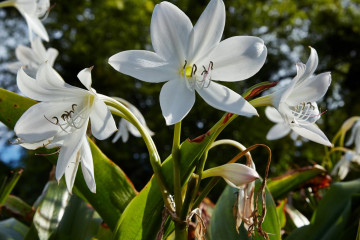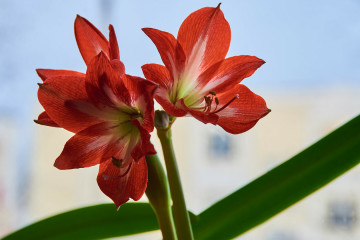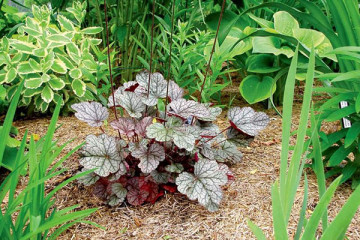Physostegia flower - outdoor care
Content:
Physostegia Virginia is a spectacular and unpretentious inhabitant of garden plots. On the tall shoots of the plant, luxurious buds bloom, located on the peduncles in vertical rows. Landscape designers use them to create various compositions: multi-tiered flower beds, alpine slides.
Description of physostegia: varieties and varieties
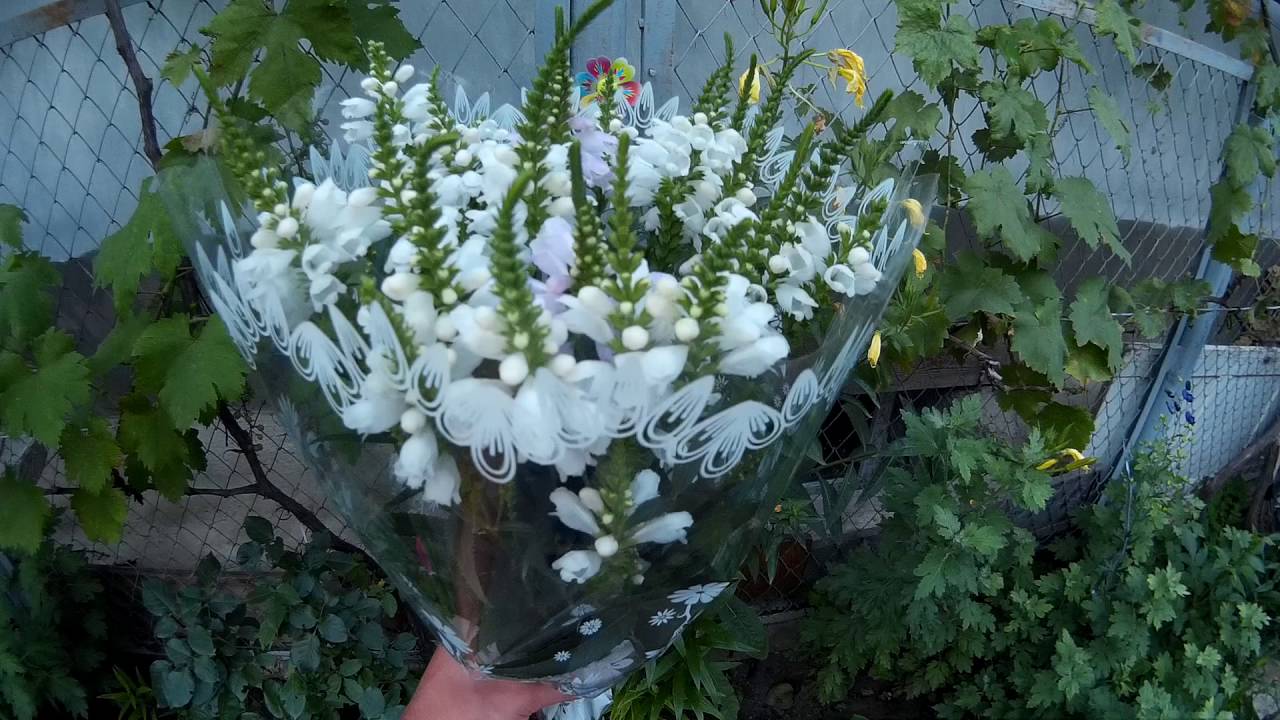
Florists often add a flower to their bouquets.
Physostegia is a perennial plant that belongs to the Lamb family. The genus includes 3 to 12 species. In nature, they are common in North America.
The name is translated from Greek as "bubble". Its plant got due to the peculiar shape of the flower cups. Another name for the flower is false snakehead. In culture, the only species is grown - Physostegia Virginia, the rest are wild-growing.
All of them have tetrahedral straight stems that grow up to 1 m in height. Spike-shaped inflorescences are formed on them, the height of which reaches 30 cm.
In July, numerous flowers of white, lilac, pink shades bloom. Flowering lasts 35-50 days. Then the fruits ripen, which are small nuts.
Gardeners decorate plots with various varieties of physicalostegia:
- Physostegia virginiana Alba (Physostegia virginiana Alba). A tall variety reaching 80 cm in height. Sheet plates with a scalloped edge. The highlight of the Alba variety is the snow-white shade of the flowers.
- Physostegia is variegated. It belongs to the original variegated varieties. Their distinctive feature is the unusual color of the leaf plates, bright green in the center and white at the edge. The color of the flowers is pinkish. Growing up to 100 cm in height, the variegat physostegia demonstrates resistance to lodging.
- Physostegia is variegated. Like variegated, it has an unusual green-white foliage color. The inflorescences blooming on the bushes are painted in lilac-pink shades.
- Physostegia Rosea (Physostegia Rosea). A low variety, up to 60 cm. During the flowering period, forms buds with light lilac or pink petals. Physostegia pink is especially good in July and August.
- Physostegy Crystal peak white. Plants up to 45 cm high, with beautiful snow-white inflorescences. They bloom on the bushes in the first year after planting. Physostegia white reproduces by seed and self-seeding.
Planting site and soil
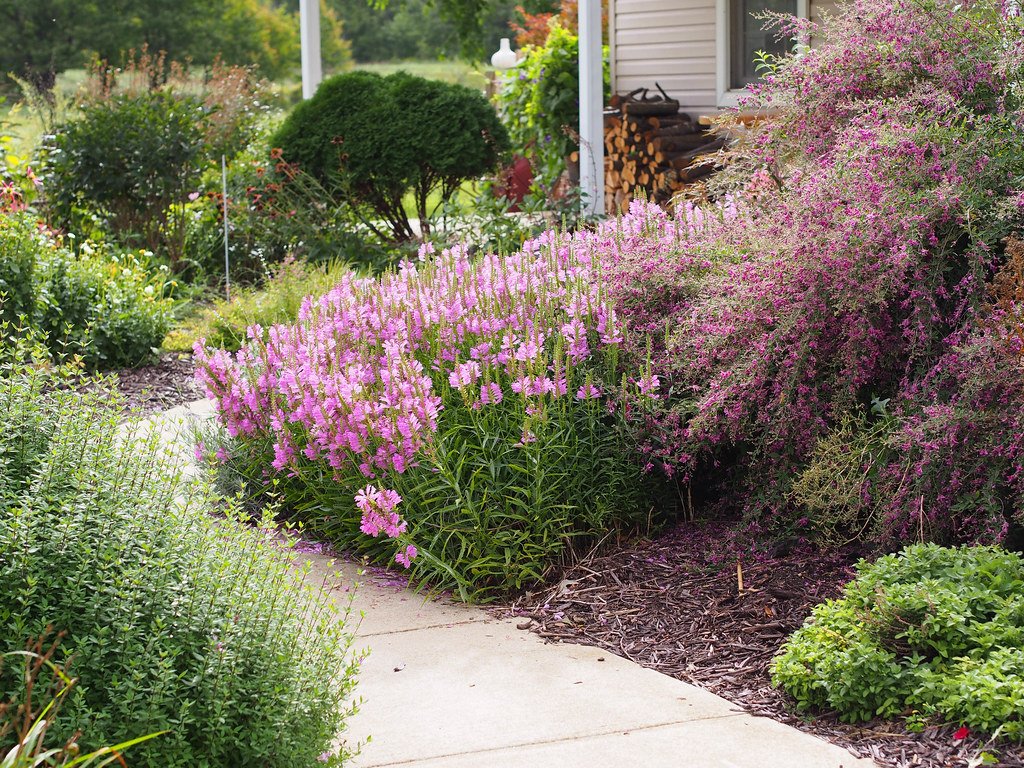
Planting a false snakehead near buildings or trees is not recommended.
The best place for virginian physical therapy in the garden is well-lit, in the open sun. The specimens growing in the shade and partial shade are weak, bloom poorly and quickly degenerate.
The soil should retain moisture well. In its natural habitat, the species is often found along the banks of water bodies. The best option for physostegia are fertile soils, chernozems. On scarce soils, it suffers from nutritional deficiencies.
Planting physostegia in open ground
Planting is planned for late May or early June. Saplings are placed at a distance of 25-30 cm from each other. Around the perimeter of the flower bed, fences are made of wood, metal, plastic or slate, since rhizomes develop quickly and displace other plants. The limiters should be deepened into the ground by 30-40 cm.
Another way of growing a crop is in large containers that do not allow the rhizomes to grow.
Sowing seeds of physostegy in open ground
Seeds are sown in open ground in late autumn or early spring. For this, beds with nutritious, loose soil are prepared in advance. The planting material is deepened by 1 cm, lightly sprinkled.
Seedlings germinate after 2 weeks. They should be protected from drafts and direct sunlight, loosened from time to time. In phase 2 of true leaves, the crops are thinned so that the distance between them is 10-15 cm.

Physostegias grown from seedlings are more hardy.
Watering and loosening the soil
The culture needs regular watering, especially in dry, hot weather. It is necessary to moisten the soil as it dries out. At the same time, virgin physostegia should also be protected from an excess of moisture, since it is susceptible to fungal infections.
After watering or precipitation, the soil around the plants must be loosened.
Reproduction methods
Physostegia is propagated by various methods. In addition to seed, vegetative methods are used:
- division of the rhizome or bush;
- layering;
- grafting.
Reproduction of physostegia by cuttings
This breeding method is resorted to in early June:
- In advance, before flowering, cuttings 10-12 cm long with several pairs of buds are harvested.
- They are planted in containers filled with wet sand.
- Keep planting containers in a shaded area.
- For the winter they clean up in a cool room.
- In the spring, they are transplanted into open ground.
Reproduction by dividing the bush and layering
The division of physostegia bushes is carried out before the buds bloom on them or after the end of the flowering period, at the end of summer. The plants are dug up, the aerial part is cut off, divided into parts. The resulting cuttings are planted in open ground.
Another way to propagate the culture is to dig out the cuttings with rosettes. They grow at a distance from their mother specimens. They are planted in a new place, choosing a shaded area. A year later, they are moved to a permanent flower bed.
Reproduction by dividing the rhizome
This method is most often resorted to in the fall. Rhizomes are divided into parts, and then added dropwise in a permanent place. They take root easily, but adapt and take root more slowly than cuttings.

During the propagation of plants, the soil must be regularly moistened.
Top dressing and transplanting
If the flowers grow in fertile soil, then it is enough to feed them once a year, before flowering begins. Complex water-soluble formulations are suitable for this. They are brought in simultaneously with watering.
Transplantation is an agrotechnical procedure, which is indispensable for growing physostegia. It is carried out 4-5 years after planting. The bushes are divided and transferred to a flower bed, watered abundantly, mulched.
Physostegy trimming
The culture is pruned in the autumn, after the shoots have dried. The entire above-ground part must be removed. It is necessary to leave hemp with a height of 10-12 cm. This helps the plants to endure the winter more easily.
Pests and diseases
Physostegia Virginia is not susceptible to diseases and attacks of insect pests. But sometimes aphids settle on it. To combat it, insecticides are used.
The most common diseases are fungal infections. They occur when water stagnates in areas where plants are planted. For the prevention and treatment of fungus, fungicides are used.
How to prepare for wintering
In areas with a warm climate, mild winters and in the absence of severe frosts, physostegy does not need shelter, since it has a certain margin of frost resistance. In other regions, the plant will not be able to survive without loss of cold. He needs to be prepared for them. To do this, follow these steps:
- Cut the shoots to a height of 5-10 cm above the ground surface.
- Sprinkle with a thick layer of sawdust or peat.
- Cover the top with spruce branches.
Flowering period and care after
The flowering period of physostegia, as a rule, ends by the beginning of autumn. At this time, from late August to early October, they start collecting seeds. They mature in cups at the bottom of the bracts.
The collected seed is dried in well-ventilated rooms with low humidity. Then they are put away for storage until spring.
Use in landscape design

Physostegias can be planted along fences.
Landscape designers consider virgin physical therapy a practical option for decorating a garden plot. This tall plant with a bright color of inflorescences looks great both in single plantings and in multi-tiered flower beds.
Due to the fact that the height of the bushes reaches 100 cm, they can be used to form the center of oval and round flower beds, or the background in mixborders. They are good for decorating the walls of summer cottages, gazebos.
The most spectacular are group plantings, for example, with Alba or Variegata physostegia, as well as garden paths along which a plant is planted and the banks of reservoirs decorated with it. In landscape design, they combine culture with dahlias, phlox, veronica, echinacea. The flower beds look interesting against the background of low conifers: thuja, juniper, dwarf pines. Gardeners, on whose plots a physostegia flower flaunts, note how unpretentious this culture is. Caring for her is simple and does not take time.
